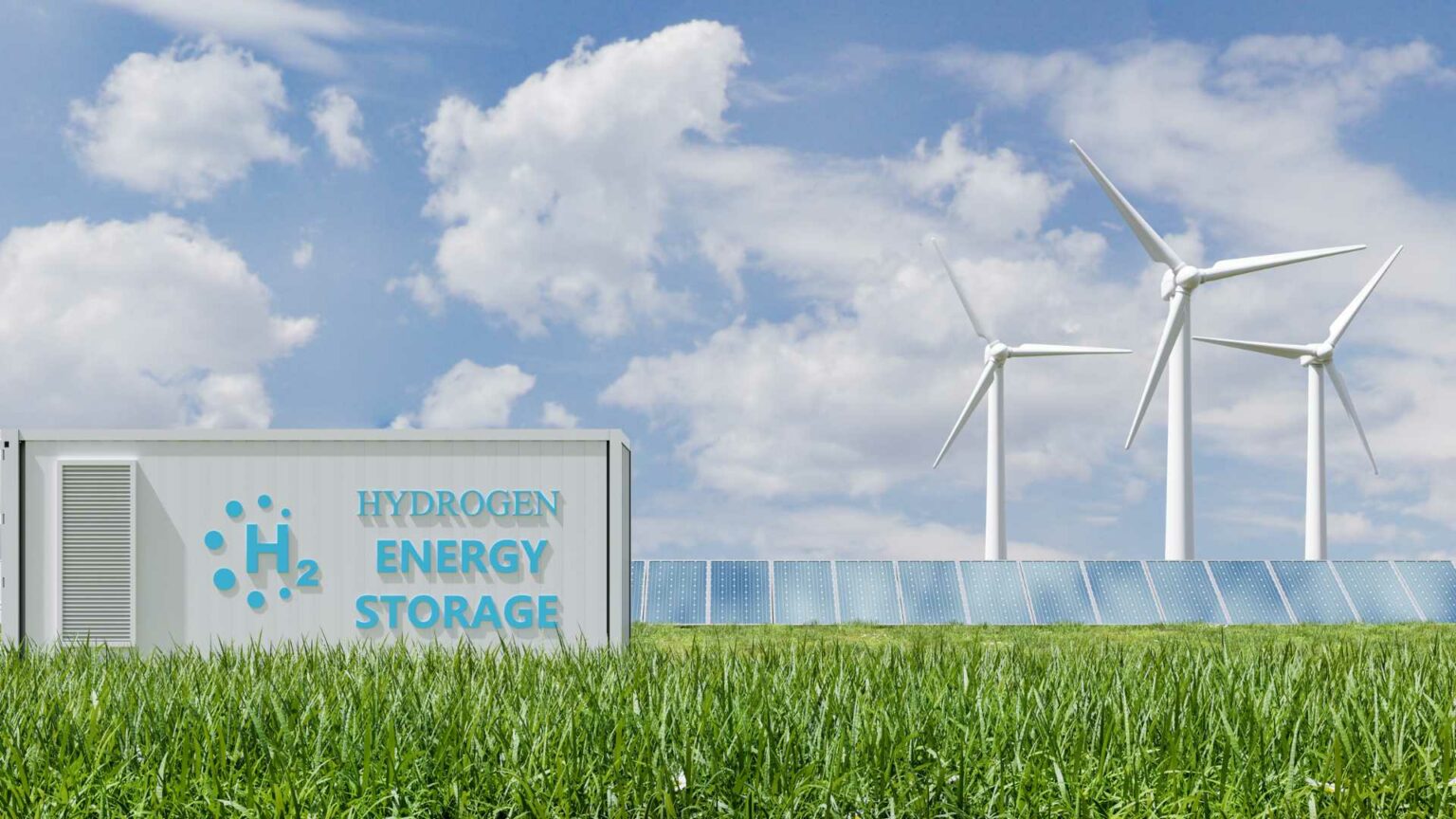Hydrogen as a secondary energy medium is gaining traction in the renewable energy landscape. However, traditional storage reactors are plagued by inefficiencies due to excessive thermal resistance and limited hydrogen absorption capacity.
Recent studies spotlight an innovative design marrying fins and metal foam to enhance performance and address these critical issues. Notably, vertical fins integrated with metal foam exhibit promising improvements over conventional designs.
A significant issue within hydrogen storage is the inferior heat transfer efficiency which directly limits the absorption capacity of hydrogen storage materials like LaNi5. LaNi5 reactors, integral to solid-state hydrogen storage, suffer from convective heat transfer challenges due to their design, negating their capacity to uniformly distribute hydrogen and maintain efficiency. Current energy storage solutions are under scrutiny, as renewable energy sources like wind and solar present inherent variability, prompting innovation in storage technologies.
In the context of enhancing reactor performance, the vertically finned reactor configuration shows remarkable potential. Preliminary data suggest that with a similar volumetric proportion of fins, the vertical arrangement fosters better radial heat diffusion compared to horizontal or finless alternatives. This is attributed to the augmented surface area that promotes faster hydrogen absorption rates by increasing the reactor’s ability to dissipate heat rapidly.
When these vertical fins are utilized in tandem with a metal foam composite — particularly the Fins & MF2 configuration, where metal foam is introduced centrally within segmented zones — the results depict a synergy that nearly matches the performance of a fully metal foam reactor. Crucially, this method reduces the need for metal foam by half. A core finding indicates an increase in absorption rate by 34.4% when compared to designs relying solely on vertical fins. This configuration not only achieves desired heat transfer and reaction rates but also presents a cost-effective solution by reducing the volume of expensive materials required.
In modeling these configurations, researchers employed finite volume methods within the ANSYS Fluent platform to solve governing equations coupled with user-defined functions, ensuring accurate representation of reaction kinetics and heat generation. A structured quadrilateral mesh facilitated model validation, providing insights into thermal behaviors across different reactor designs. The comparative investigation of three reactor configurations under identical conditions confirmed the superior performance of vertical fins, significantly enhancing absorption rates by 151.5% over finless reactors and by 53.3% over horizontally finned reactors.
This study provides a viable blueprint for future reactor designs, advocating for a composite approach leveraging the best of both vertical fins and metal foam. The appeal of such a design lies not only in its immediate application potential but also in setting a precedent for developing cost-efficient, scalable hydrogen storage solutions integral to advancing renewable energy technologies.
Stay updated on the latest in energy! Follow us on LinkedIn, Facebook, and X for real-time news and insights. Don’t miss out on exclusive interviews and webinars—subscribe to our YouTube channel today! Join our community and be part of the conversation shaping the future of energy.








